Fly Tying Hooks For Beginners
18th Feb 2024
Fly tying hooks are the foundation of any fly fishing lure, designed specifically for fly tying to create flies that mimic various types of fish prey, such as insects, baitfish, crustaceans, and other aquatic organisms. The variety and specificity of fly tying hooks cater to the vast range of fly patterns and fishing conditions, making the choice of hook an essential part of the fly tying process.
Types of Fly Tying Hooks
Dry Fly Hooks
These hooks are lightweight and in a fine gauge wire and designed to float on the water's surface. They often have a straight eye and are made to imitate adult aquatic insects or terrestrial insects that have fallen into the water.
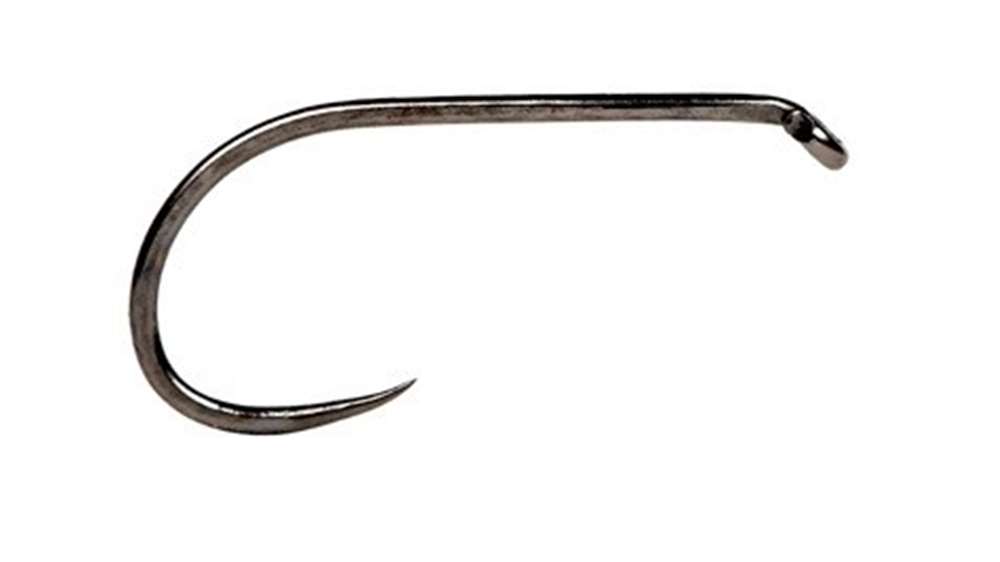
Wet Fly Hooks
Built for flies that are meant to sink or swim below the water's surface, wet fly hooks typically have a heavier wire to aid sinking. They are used for nymphs, emergers, and wet flies that mimic sub-surface prey.
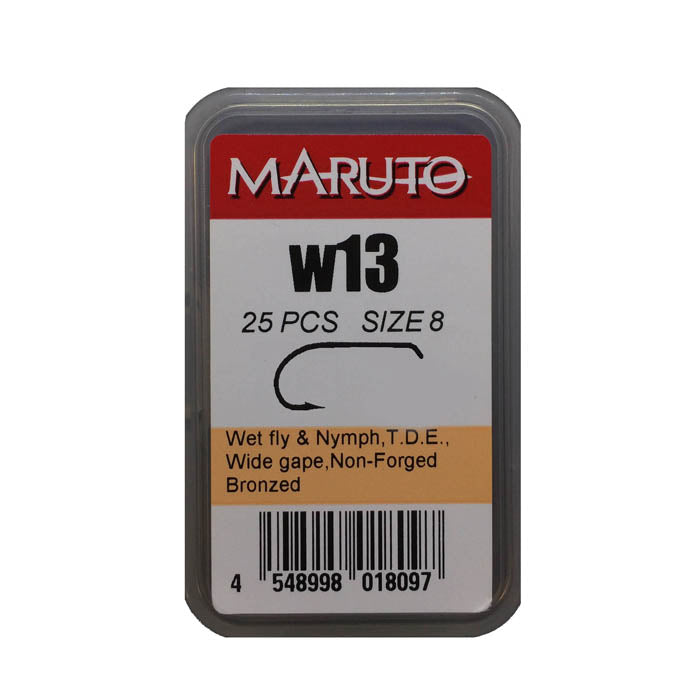
Streamer Hooks:
Longer than most other types, streamer hooks are used for tying streamers that imitate small fish or other large aquatic prey. They can be straight or have a curved shank to give the finished fly a more natural swimming action.
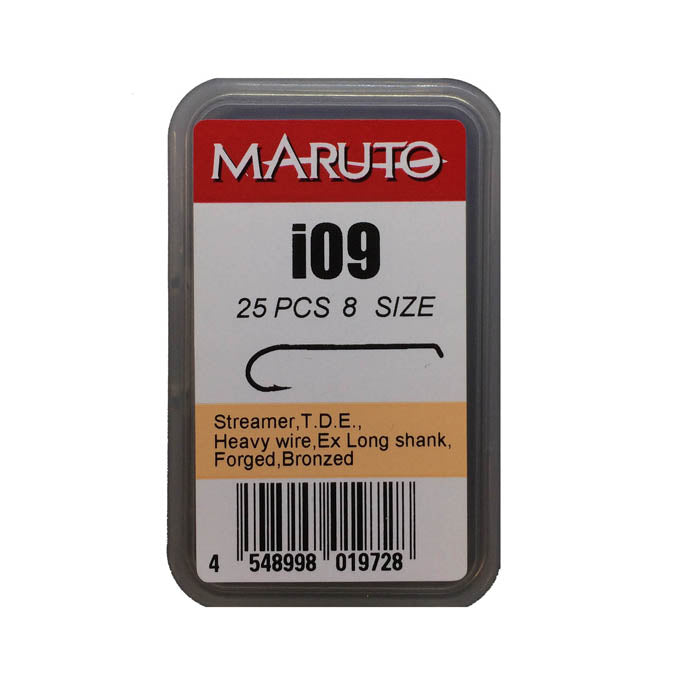
Nymph Hooks
These hooks are designed for nymph flies, which represent the larval stage of aquatic insects. Nymph hooks usually have a heavier gauge to ensure the fly sinks and might feature a curved shank to mimic the shape of certain larvae.
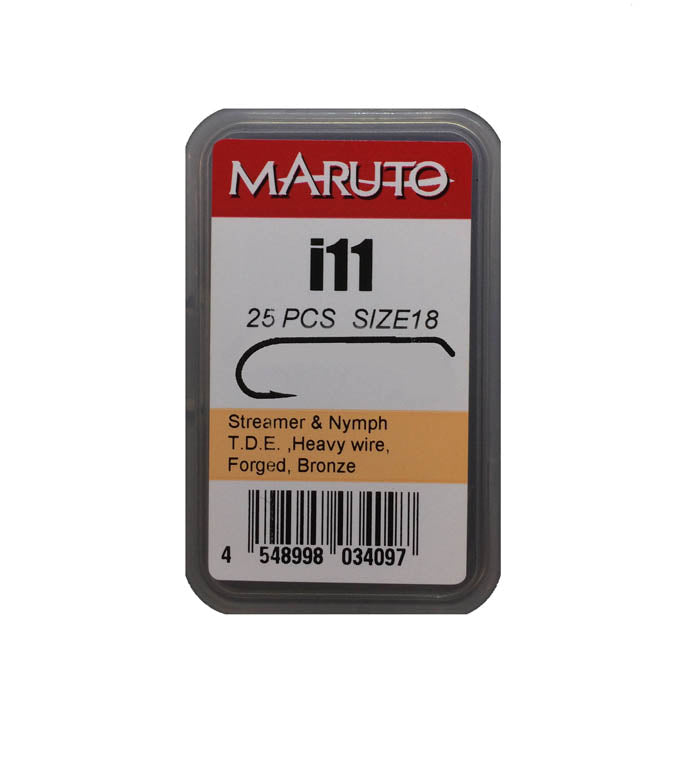
Saltwater Hooks:
Made from corrosion-resistant materials to withstand the harsh saltwater environment, these hooks are generally larger and stronger, designed to target saltwater species.
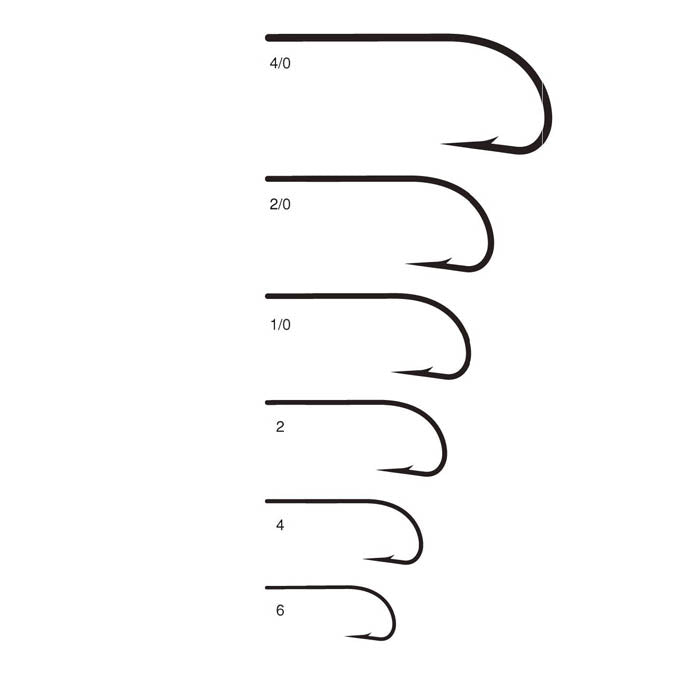
Specialty Hooks
There are hooks tailored for specific patterns or fishing techniques, such as jig hooks for nymphs that need to ride "hook up" to avoid snagging, or circle hooks designed to reduce deep hooking in fish.
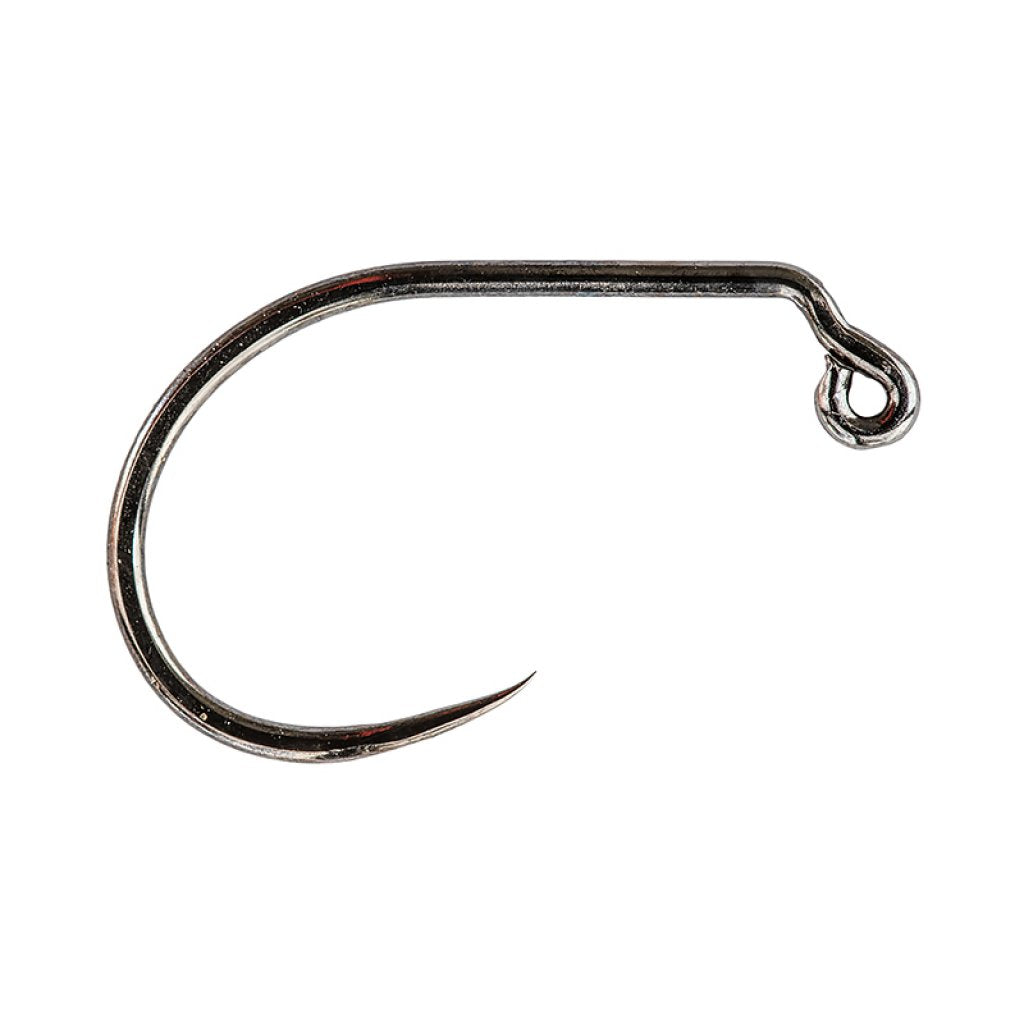
Popper Hooks

Features of Fly Tying Hooks
Size:
Hook sizes vary greatly, from tiny size 32 (or smaller) for delicate dry flies to large 3/0 (and bigger) for saltwater flies. The size needed depends on the type of fish being targeted and the size of the prey being imitated.
Materials:
Most hooks are made from high-carbon steel with various coatings for corrosion resistance, such as nickel, bronze, or black nickel.
Shank Length:
The shank length can be standard, short, or long, affecting how the fly looks and behaves in the water.
Wire Gauge:
The thickness of the hook wire influences the fly's sink rate and strength. Thinner wires are used for flies that need to float, while thicker wires are chosen for sinking flies.
Eye Design:
The hook's eye can be straight, turned up, or turned down, influencing how the fly is tied to the fishing line and how it sits in the water.
Barbed vs. Barbless:
Traditional hooks come with a barb to prevent the fish from unhooking itself, but barbless hooks are becoming more popular for catch-and-release fishing, as they are easier to remove and less harmful to fish.
Choosing the Right Hook
Selecting the right fly tying hook depends on the type of fly you're tying, the fishing technique you plan to use, and the species of fish you're targeting. It's also important to consider the fishing environment (freshwater vs. saltwater) and local regulations, as some areas require barbless hooks for conservation purposes.
Understanding the various types of fly tying hooks and their features is crucial for creating effective and efficient flies. The right hook not only ensures the fly performs as intended but also contributes to the conservation of fish populations by minimizing harm during catch-and-release.